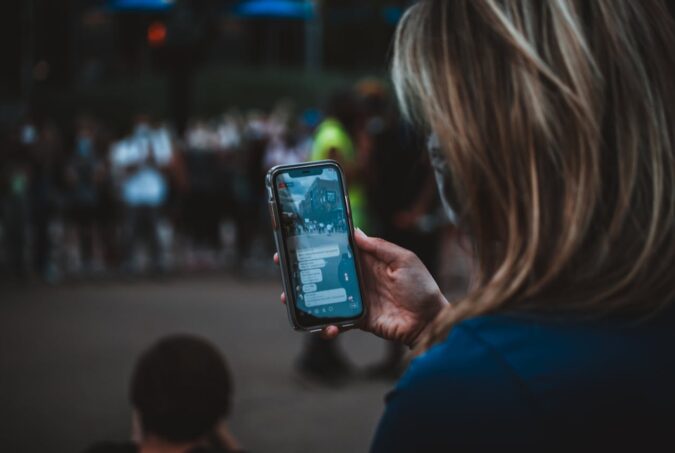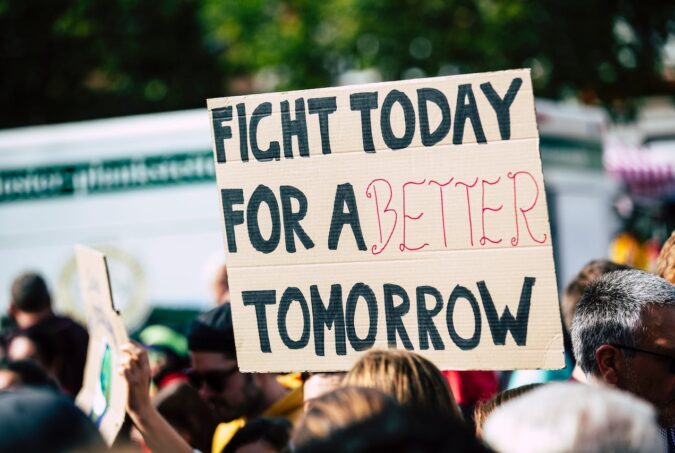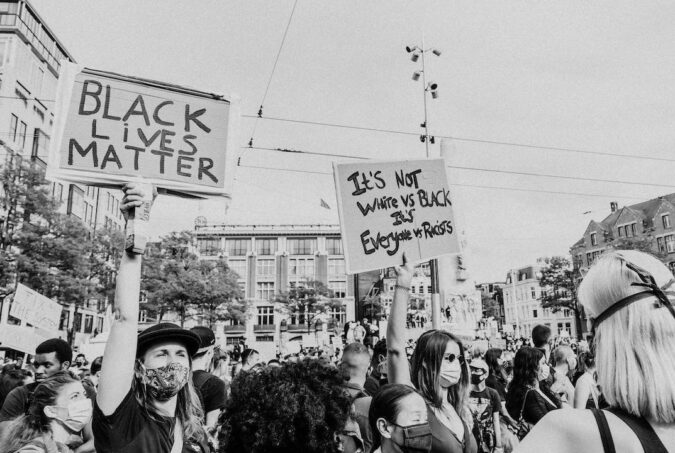
Communication of risk in any public health emergency is a complex task for healthcare agencies; a task made more challenging when citizens are bombarded with online information. Mexico City, 2009. Image by Eneas.
Ed: Could you briefly outline your study? Patty: We investigated the role of Twitter during the 2009 swine flu pandemics from two perspectives. Firstly, we demonstrated the role of the social network to detect an upcoming spike in an epidemic before the official surveillance systems—up to week in the UK and up to 2-3 weeks in the US—by investigating users who “self-diagnosed” themselves posting tweets such as “I have flu/swine flu.” Secondly, we illustrated how online resources reporting the WHO declaration of “pandemics” on 11 June 2009 were propagated through Twitter during the 24 hours after the official announcement [1,2,3]. Ed: Disease control agencies already routinely follow media sources; are public health agencies aware of social media as another valuable source of information? Patty: Social media are providing an invaluable real-time data signal complementing well-established epidemic intelligence (EI) systems monitoring online media, such as MedISys and GPHIN. While traditional surveillance systems will remain the pillars of public health, online media monitoring has added an important early-warning function, with social media bringing additional benefits to epidemic intelligence: virtually real-time information available in the public domain that is contributed by users themselves, thus not relying on the editorial policies of media agencies. Public health agencies (such as the European Centre for Disease Prevention and Control) are interested in social media early warning systems, but more research is required to develop robust social media monitoring solutions that are ready to be integrated with agencies’ EI services. Ed: How difficult is this data to process? E.g.: is this a full sample, processed in real-time? Patty: No, obtaining all Twitter search query results is not possible. In our 2009 pilot study we were accessing data from Twitter using a search API interface querying the database every minute (the number of results was limited to 100 tweets). Currently, only 1% of the ‘Firehose’ (massive real-time stream of all public tweets) is made available using the streaming API. The searches have…





